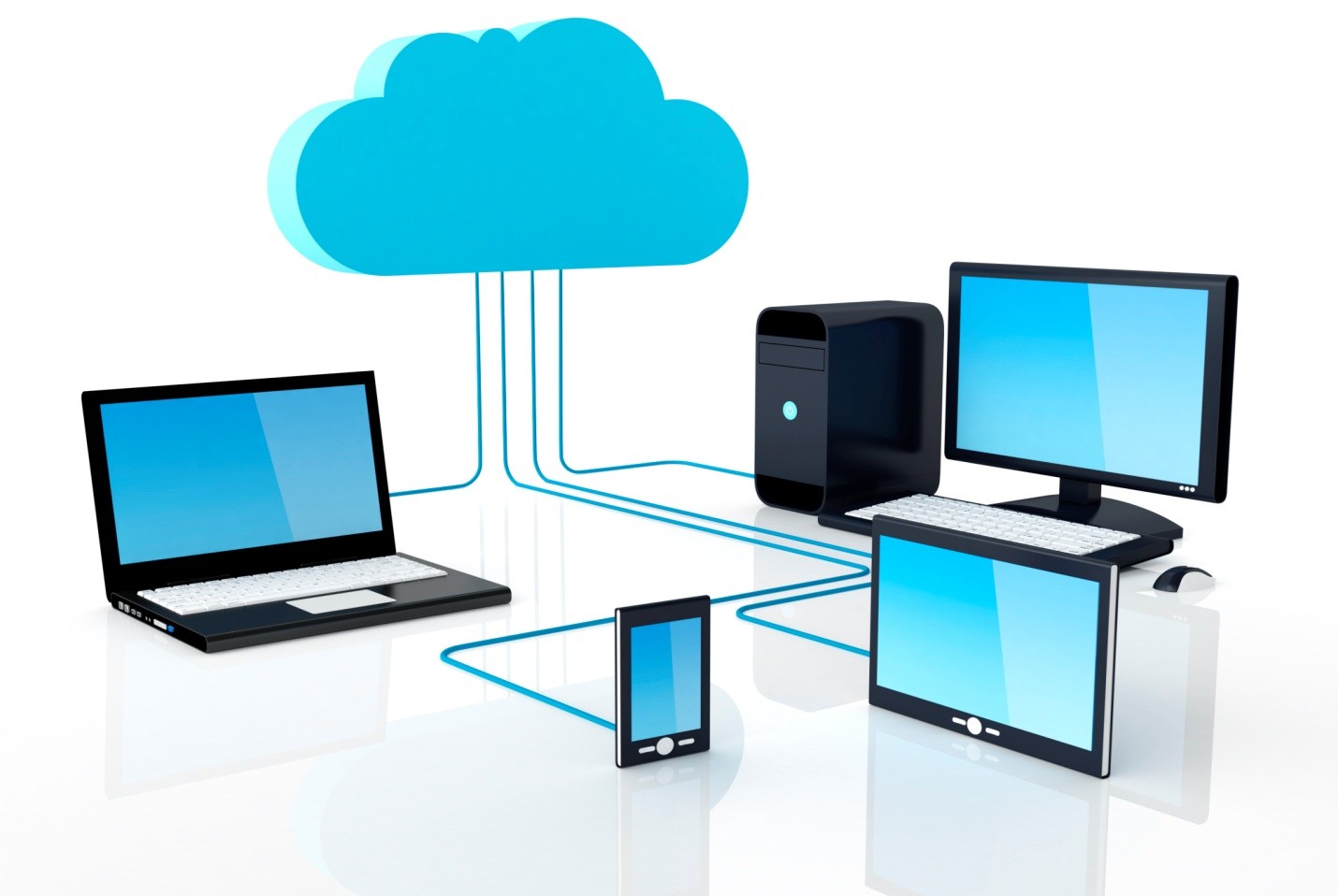The tax landscape has been through some pretty dramatic changes in recent months, with both corporate income tax and sales taxes being impacted. In late 2017, the U.S. Congress passed the biggest overhaul in corporate tax law in three decades. This comes on the heels of the new ‘Country-by-Country Reporting’ (CbCR) transfer pricing requirement, impacting large multinationals, that has just recently gone into effect. Then, followed by the U.S. Supreme Court ruling in the South Dakota v. Wayfair case impacting internet sales and taxation that will have a long-lasting effect on the way enterprises conduct e-commerce.
Tax reporting and compliance has proven difficult to keep up with in recent years, and these changes just throw more fuel onto the fire. For CPAs focused on tax, these new changes will usher in even more complexity into their day to day jobs. Most of the increased complexity will come from the combination of a lack of adequate data and from financial systems not designed to handle these new requirements. Where current financial processes and systems are lacking, many CPAs will need to fall back to manual processes, spreadsheets, and long hours analyzing tax data.
Indirect Tax: Sales Tax
Michael Bernard, Chief Tax Officer – Transaction Tax at Vertex, concluded that retailers selling remotely into jurisdictions where they are not collecting and reporting taxes “should immediately review their current sales tax processes and supporting technology to make sure they can accommodate any new requirements that now apply to their online sales.”
Bernard recommends that CPAs gather data on gross revenues and/or the number of transactions that occur within states where the company sells remotely. With that insight, CPAs can begin evaluating the impact of compliance on the business and identifying issues in the process that will mitigate risk.
Direct Tax: Income Tax and Transfer Pricing
The new requirements in corporate income tax and transfer pricing now demands massive improvements to the depth and transparency of data and the underlying systems. For example, new calculations such as FDII, GILTI, and BEAT have been introduced in the Tax Cuts and Jobs Act (TCJA) passed by Congress in 2017. This will require more data collection and analysis around areas such as sales, intercompany, depreciation, and income tax withholdings. Furthermore, the new tax law could impact corporate strategy around global supply chains – which will likely lead to many multinational enterprises changing their legal entity structures over the course of the next few years.
A hodgepodge of old, disconnected ERPs, financial planning and reporting systems, and supply chain systems can no longer deliver the kind of accuracy and transparency needed for proper tax compliance and reporting. However, the inefficiencies resulting from manually preparing and calculating the data is only half of the problem. It’s well understood that manual spreadsheet-based processes run a greater risk of inaccuracies that could result in penalties and interest from adverse audit outcomes across either direct or indirect taxes. In short, these new changes will surely require more work, but could also have a material impact on the bottom line. So, prudent practitioners are taking these changes seriously.
A Better Way
In contrast, modern cloud-based financial management solutions (enterprise resource management and enterprise performance management solutions) automate the standard reporting required for compliance and give organizations a comprehensive audit trail, enabling finance and tax experts to focus on finance and accounting instead of forensic audit work. Automated taxation in cloud software allows companies to hand the auditor traceable numbers directly from the system, as opposed to numerous spreadsheets. In addition, a cloud solution can help control usage, cost, performance and security, as well as access. This clearly reduces a company’s overall compliance effort. But, more importantly, it could be the difference between a short, uneventful audit, versus a long, painful audit that results in a material adverse outcome.
It should also be noted that technology adoption is a two way street. Tax authorities have been building their own internal big data systems for years. These systems are designed to detect fraud, anomalies and human error. These systems leverage emerging technologies such as machine learning and robotic process automation. In fact, new technology combined with increased disclosure requirements has become part of an essential strategy tax authorities around the world are using to increase their revenue collections. Therefore, if your organization is not investing in technology to improve process and lower risk, then it is kind of like showing up to a gun fight with a knife.
To help CPAs navigate these challenges, we’ve compiled some tips so you can plan for cloud-enabled tax automation at your enterprise:
1) Get a seat at the table.
CPAs involved in tax compliance and reporting should engage with their counterparts in IT and Finance. The new cloud-based finance systems described above represent the next generation of business software. In fact, there may already be plans to replace existing legacy systems at your company with cloud-based systems. Most IT teams are already developing long range IT roadmaps for the migration of business applications to the cloud, and many have already begun this journey. It’s imperative that tax has its requirements included as a part of these long-range roadmaps. If tax teams don’t have a seat at the table, then tax automation will likely be overlooked. You should be on a first name basis with the IT stakeholders responsible for business applications at your company.
2) Don’t wait to automate.
Given conservative inclination of CPAs, it may feel natural to take a “wait and see” approach to these new changes. Nobody wants to be “the first,” right? However, this simply is not prudent when it comes to technology adoption and now taxation. It’s well understood that technology constantly evolves. But, it’s becoming more clear that the scrutiny on taxation is not standing still either. Both technology adoption and process improvement should be thought of as a journey – not a one and done activity. Implementing new process and technology takes time. And, the sooner you start, the faster you will begin to realize the benefits of tax automation. Is it advisable to wait a year before you reduce your risk?
3) Leverage your trusted tax and technology partners to help you automate.
While the changes are coming quickly, best practices are already developing. CPAs should be talking to their taxation and technology partners who have experience working with these new cloud-based financial systems. These organizations are already helping other companies automate, and likely work closely with the financial system vendors to remain current with the latest capabilities. The big four accounting firms and system integrators are all investing in technology-enabled processes to improve the efficiency and accuracy of tax planning and reporting.
4) Now is the chance to get it right.
We’re looking at a once-in-a-generation opportunity to get financial systems set up correctly to account for tax reporting. Your current financial system may be missing key components such as legal entity detail, or chart of account detail. Companies don’t change their operational systems frequently. If you don’t get tax requirements included in this next generation of financial systems, then you likely won’t get another chance for another 10-20 years.
Beyond risk and compliance, the cloud is also removing barriers to innovative technologies such as artificial intelligence, robotic process automation and blockchain, which stand to significantly enhance the productivity and accuracy of the accounting team. Now is the chance to get it right and future-proof your company’s books for the next century.
=======
Marc Seewald is a senior director of product management at Oracle Corporation and has over 18 years of experience in enterprise performance management. He has in-depth experience across both the Financial Close and Planning domains, and he has worked with numerous Global 2000 companies. Marc joined Oracle in 2011 and leads Hyperion’s tax-related products as well as the Planning cloud modules.
Thanks for reading CPA Practice Advisor!
Subscribe Already registered? Log In
Need more information? Read the FAQs




